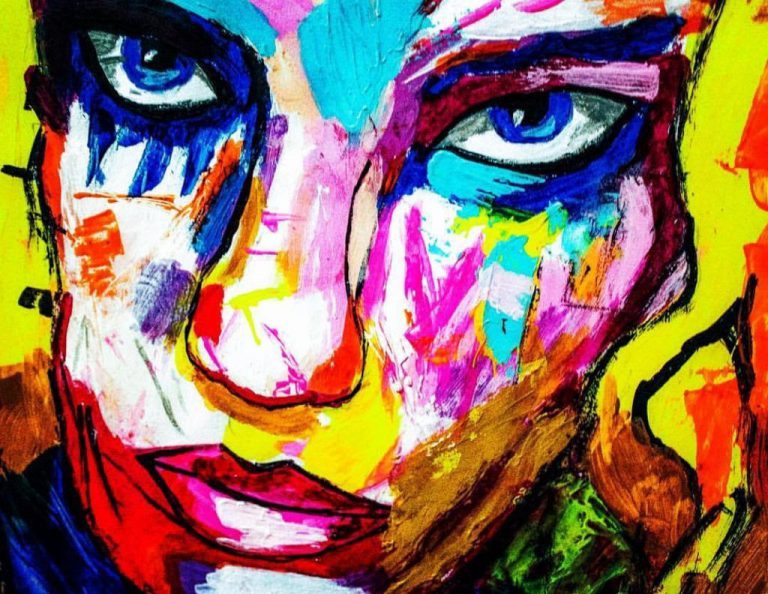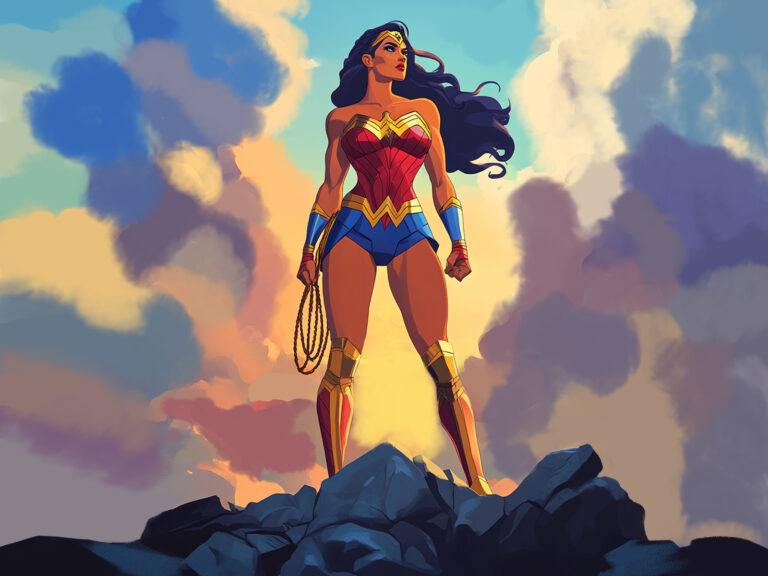Diversified ethnic demography of Afghanistan
Pranjal Ray is a State Aided College Teacher (SACT) in Symaprasad college Kolkata, West Bengal, India. He has graduated in History from Calcutta University. He has done his post-graduation in Modern History from Presidency University. He has pursued his Master of Philosophy (MPhil) in Foreign Policy Studies from Institute of Foreign Policy Studies (IFPS) under Calcutta University. He has worked as a project assistant in different research projects for Jadavpur University and Netaji Institute for Asian Studies, India.
Ethnic identity is defined as a belonging of a person to shared cultural characteristics in terms of language, ancestry, practices and beliefs. This kind of identity makes way for self-identification of an individual to a particular group. In Afghanistan such ethnic identities are a hindrance in the path of creating a single, unified nation in which such identities divide the people of the country in multifarious lines of political and social dimensions.
Fourteen ethnic groups are mentioned in the 2004 Afghanistan constitution and the national anthem. Afghanistan constitutes the Pashtun, the Tajik, the Hazara, the Uzbek, the Turkman, the Baluch, the Pachaie, the Nuristan, the Aymaq, the Arab, the Qirghiz, the Qizilbash, the Gujur, and the Brahwui. The constitution provides the names of these ethnic tribes and also states that the national anthem of the country will be in the language of Pashto, where the names of the tribes will be mentioned. With these aspects of Afghanistan we can see that the ethnic identities in the state had made the loyalty of the different sections of the population divided and created differences in the path of creating an idea of belonging to a single united nation. In Afghanistan, these ethnic identities and groups have further played the role of creating political power blocs centred around them. The regions of the country are further divided on the basis of such ethnic identities.
The largest ethnic group of the country are the Pashtuns which comprise about 40 – 42 per cent of the population. In the country there are two official languages, Pashto and Dari. The Pashtuns are Sunni Muslims. Majority of the Taliban are Pashtuns. Pashtuns from a historical point of view had held political power in Afghanistan. Leaders such as Hamid Karzai and Ashraf Ghani belonged to this group. Further, a majority of Taliban leaders too belong to this ethnic group. They are concentrated in the south and east of the country, they are also found along the borders of Pakistan and south of Amu Darya. The Pashtuns are divided both in Afghanistan and Pakistan through the Durand line. The Pashtuns, by virtue of being a majority group and a strong hold on power, have played a substantial role in shaping the political power equation in Afghanistan. Their political hold over the country is substantially stronger than other groups.
The second largest group are the Tajiks which make up 27 per cent of the nation’s population. They are mainly present in Herat in the west, and Mazar-e-Sharif in the north of the country. They are also found in Kabul and in the north. Their political hold over Afghanistan had been somewhat disappointing. They had never been able to have any significant political power in the country for long. The Tajiks are the second predominantly ethnic group in Afghanistan.
The Hazaras are the third main ethnic group in the country whose composition in the overall population is about 9 to 10 percent. The Hazaras are mainly concentrated in Hazarajat in the central highlands. The important city of the region is Bamiyan where the statue of Bamiyan Buddha was destroyed by Taliban under their rule. The Hazaras are mainly Shia Muslims. The political history of Hazaras had been that of a conflict with the Taliban. One aspect of the conflict is the religious divisions where Taliban is mainly Sunni Muslims and the Hazaras, Shias. The Hazaras have Turkic and Mongol origin. An important aspect of political history of the Hazaras is the period of 1989 when the Soviets were withdrawing from Afghanistan. During that time the Hazaras formed a militia group called Hizb-i-Wahadat. The militia group was an attempt to form a political leadership in the country to fill the power vacuum created by the withdrawal of the Soviet Union. The Taliban had theHazaras militia group head assassinated, amidst talks for political leadership in 1995. As a result the history between Taliban and Hazaras are filled with tension and conflict which will make any kind of political settlement between the two groups difficult. There are issues of mistrust between the two groups.
Other groups present in the country are the Uzbeks. The city of Mazar is an interesting case of multiple ethnic groups living in the city. Mazar is predominantly inhabited by Tajiks and Pashtuns. The city also houses the ethnic groups of Hazaras and Turkmen. Uzbeks live in the city too. This demography represents the diversified and different identities that the people of Afghanistan have. Mazar as a city is also culturally significant housing the tomb of Hazrat Ali known as the Blue Mosque. Though the Sunnis mainly believe the tomb is there, the Shias on the other hand believe that the tomb is in Iraq. The cultural differences are also profound among different ethnic groups.
The country of Afghanistan, apart from ethnic differences also has religious differences where 10 percent of the population are Shias. They are predominantly inhabited in Herat and near the areas with the Iran border. The Sunnis are the majority in the country. The centralised form of government can never work in a country like Afghanistan with such deep rooted ethnic and religious differences. The system of political control from Kabul under Ashraf Ghani was a problem in the administrative framework of the country.
The takeover by Taliban raises the serious question about how their rule will deal with the ethnic identities and religious differences of the population. Taliban has a reputation of being conservative and rigid in their rule. The serious issue in this political settlement is the fact that the leaders of different ethnic groups are forced to negotiate with the Taliban. The serious question which is pertinent to the issue is whether Taliban will agree to devolution of power to these different ethnic groups or will they all have to accept the political supremacy of Taliban? Another issue is what will be the attitude of the Taliban towards the minorities in the country? There are other small groups in the country such as Aimak, Baloch, Pamiri, Nuristani, Arab etc. Political unity and cultural solidarity was already not a weakness of Afghanistan. Under the United States mandated democracy, it is indeed the ultimate historical question that how political unity and nation building can be achieved under the authoritarian rule of Taliban?
References
- Barfield, Thomas Afghanistan: A Cultural and Political History, Princeton Studies in Muslim Politics, Princeton: Princeton University Press, 2010.
- Bellew, Henry Walter, The races of Afghanistan: being a brief account of the principal nations inhabiting that country, 1880.
- Afghanistan in 2004 – A survey of the Afghan people, The Asia Foundation. 2004.








